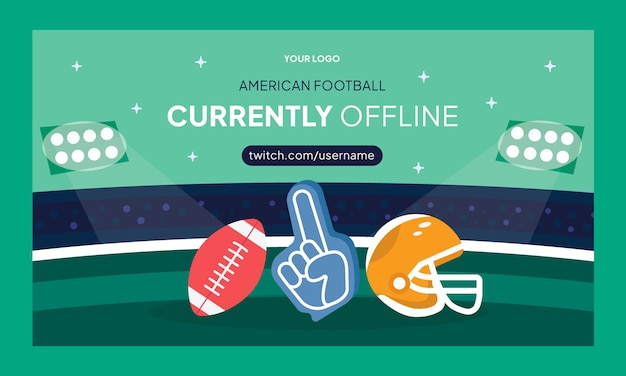Anúncios
When I first stumbled upon the vibrant world of flag football for kids, I was instantly captivated. Picture this: a sunny afternoon, laughter echoing through the fields, and children diving for flags with exhilarating joy. It was clear to me that this sport is more than just a game—it’s a dynamic way to foster teamwork and enhance physical fitness.
Research shows that participation in team sports can significantly boost a child’s confidence and social skills. In fact, a recent study from the American Academy of Pediatrics revealed that kids who engage in sports are 25% more likely to excel academically. Testimonials from parents echo the sentiment, praising how flag football programs have transformed their children, creating connections that last a lifetime.
Anúncios
As I delved deeper into youth football programs, it became apparent that flag football stands out as a unique and inclusive alternative, ensuring that every child gets to play regardless of skill level. This sport not only promotes physical health, but it cultivates essential life skills, making it an incredible option for parents seeking enriching activities for their children.
What is Flag Football?
Benefits of Flag Football for Kids
Participating in flag football offers a multitude of benefits for kids, promoting physical health, social skills, and emotional resilience. Physically, the sport encourages cardiovascular fitness, agility, and coordination. Running, dodging, and throwing not only develop strength but also enhance overall athleticism. Kids engage in an active lifestyle, which is essential in combating childhood obesity and promoting lifelong health habits.
Socially, flag football fosters teamwork and communication. Children learn to work collaboratively towards a common goal, developing leadership skills and building friendships on and off the field. The cooperative nature of the game nurtures inclusivity, allowing kids of various skill levels to participate and thrive.
Anúncios
Emotionally, participating in flag football helps children build self-esteem and resilience. Facing challenges on the field, such as learning new skills or overcoming losses, equips them with coping strategies for adversity. Kids gain a sense of achievement through personal and team successes, instilling confidence that extends into other areas of life.
How Youth Football Programs Incorporate Flag Football

Getting Started: Tips for Parents and Coaches
Encouragement is key—create an inclusive environment where every child feels valued and supported. This fosters teamwork and builds confidence. Additionally, prioritize communication. Regular updates on practices, games, and team events help maintain enthusiasm and ensure that parents are actively involved. Lastly, have fun! Remember, flag football is about enjoyment, growth, and building lasting memories.
Success Stories: Young Players in Flag Football
Flag football has become a dynamic platform for young athletes, offering them a space to shine and share their experiences. Take, for example, 10-year-old Mia, who discovered the sport after her friend invited her to practice. She shares, “I never thought I could throw a football, but now I’m the quarterback! It feels amazing to lead my team.” Mia’s journey illustrates how flag football fosters confidence and teamwork among girls and boys alike.
Similarly, 12-year-old Ethan recounts his path from tentative beginner to a standout player. “I was nervous at first since I was the smallest kid on the team,” he admits. “Flag football showed me that size doesn’t matter; it’s all about heart and determination. Plus, the friendships I’ve made are irreplaceable!” His story highlights important life lessons learned on the field.
Notably, young players are also advocates for inclusivity. 9-year-old Samia proudly states, “I love that we can all play together, no matter our backgrounds.” Her words resonate with many, emphasizing the community and camaraderie that flag football cultivates. These inspiring narratives showcase how flag football is not just a sport; it’s a pathway for growth, acceptance, and lifelong friendships for kids.
Explore the Impact of Flag Football on Youth Development
Uncover valuable resources that highlight the transformative effects of flag football on young athletes: USA Flag Football – The Benefits of Youth Flag Football.